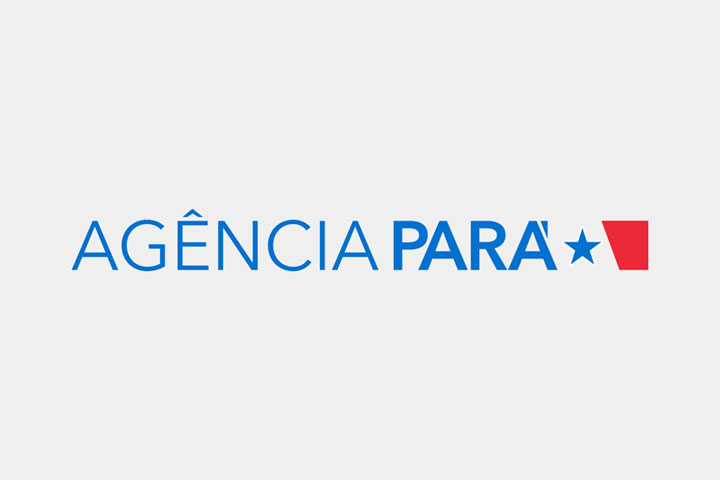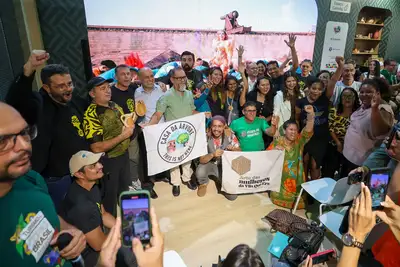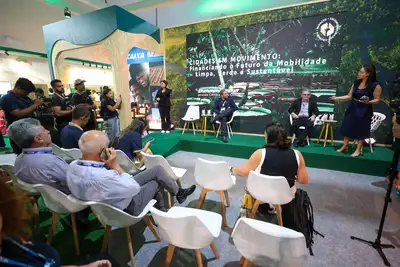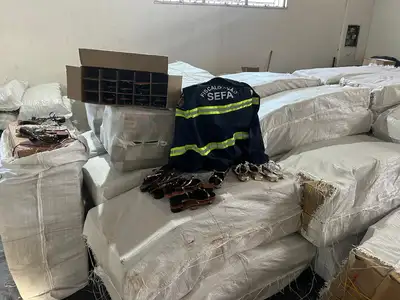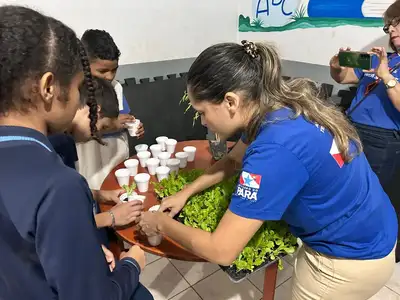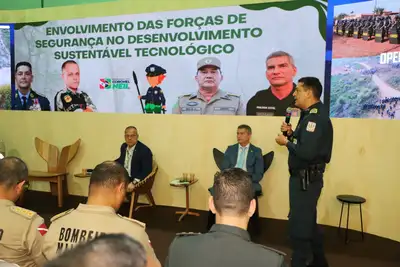At the Children's Oncology Hospital, kindness becomes healing and transforms journeys
On World Kindness Day, 'Mail of Gratitude', 'Honorees of the Month' and a mural with photos and letters gathered expressions of affection from users, companions, and collaborators of the unit
Kindness has already been the theme of songs by artists such as Marisa Monte, Gonzaguinha, Kell Smith, and it even has its own date on the international calendar, November 13th. World Kindness Day was formally established in 2000 and, for about 20 years, has also been promoted in Brazilian lands, through the Brazilian Association of Quality of Life (ABQV). At the Octávio Lobo Children's Oncology Hospital (Hoiol), in Belém, the date was marked by compliments, letters, hugs, and many symbolic gestures.
The unit's Humanization Coordinator, Natacha Cardoso, explains that the date, designed to promote empathy, respect, and generosity in human relationships, takes on special significance in the hospital environment. “When we bring the theme into a hospital setting, this day reminds us of the importance of relationships based on affective communication, empathy, and trust, which are essential for effective treatment and a better experience for everyone. The healthcare professional must offer active listening, respect, and understanding, considering the needs of both the patient and their families,” she emphasized.
Recognition
The “Mail of Gratitude” provided a moment for exchanging affectionate messages, thanks, and compliments among patients, families, and collaborators. In the “Experience Corner,” a mural displayed some of the photos and letters with accounts from patients and families expressing gratitude to the institution and the collaborators during treatment. With this interaction, recognition also occurred.
“These initiatives strengthen the therapeutic relationship, humanized care, and the bonds between patients and professionals during oncological treatment, which often extends over a long period. And this also relates to the welcoming and other guidelines of the National Humanization Policy of the Unified Health System (SUS),” Natacha highlighted.

The appreciation of work and workers is also a fundamental guideline, as Natacha points out. “Through the work of the User Service (SAU) and the 'Honorees of the Month' project, there is recognition and appreciation of the professional,” she stressed. An example is the nursing technician Camille Santos, who developed a strong friendship bond with the patient Luís Vasconcelos, 13 years old. The teenager's mother, housewife Fernanda Nascimento, 34 years old, expresses her gratitude for the attention and care from the professionals.
“Today, for example, I received a hug and a message saying ‘I am here with you, call me if you need anything.’ It may seem small, but it marks us, because we all like to be well attended and respected. Kindness generates more kindness, and a ‘good morning’ or a ‘thank you very much’ is important for both the one who serves and the one who is served,” emphasizes Fernanda, who has been accompanying her son in treatment at the unit for over a year.
Tributes
According to data from the SAU of the Children's Oncology Hospital, 1,004 satisfaction surveys were conducted in the unit during the month of October. The survey allows users to record impressions and suggestions about the service. Among these responses, more than 140 direct compliments to professionals and sectors were formalized, and only 20 complaints.
“Complaints are forwarded to the management for appropriate handling, and all messages of gratitude are gathered and disseminated through the 'Honorees of the Month' project, which fully conveys the words, compliments, and thanks from our users to the professionals and sectors. It is very moving, as this gratitude is something that no money can buy and makes the professional feel increasingly belonging, happy, and committed to providing welcoming, safe, and empathetic assistance,” Natacha assured.
The Hoiol's server, Luciano Nunes, collects compliments from users. Each message is received with great affection by him, who sometimes dresses up as a superhero to brighten the patients' routine. For the collaborator, who distributes meals and smiles, kindness is the affection dedicated to others without expecting anything in return.
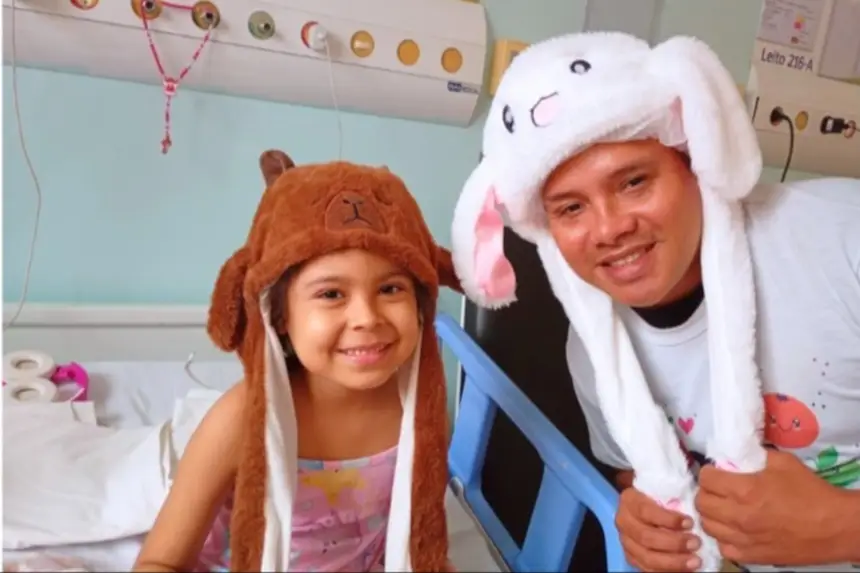
“The joy of the patients moves me, and I feel that I am already immersed in this mission (dressing as a superhero to lighten the routine of those undergoing cancer treatment). Bringing joy is making them forget, even if for a moment, the situation they are experiencing due to the illness. Hearing from a patient that I am ‘the best uncle’ and receiving a big smile touches me deeply. Kindness transforms my shifts, and if we stop to think, being kind is putting into practice what Jesus Christ taught us and loving our neighbor as ourselves,” he said.
The psychologist at the Children's Oncology Hospital, Thiago Pinheiro, assures that kindness contributes to reducing stress and anxiety and strengthens the therapeutic bond. “Kind gestures, both from the healthcare team and the family, have a significant psychological impact on the treatment and recovery of the child, as they reduce stress, anxiety, and can influence the perception of pain. They also influence the strengthening of the therapeutic bond, adherence to treatment, and the promotion of coping resources for the illness. Kindness can be understood as a ‘technology’ of care integrated into the therapeutic line,” he emphasized.
Beatriz Pinheiro is a Human Resources assistant at the Children's Oncology Hospital and says she is surprised by the kindness and spontaneity of the patients who gift her with colorful drawings. The illustrations full of colors and feelings have already earned a special corner. “I receive each one (drawing) with a lot of love and keep them all with care. My wall has already become a mural. I like to look at it and remember these kind gestures and their hugs that improve our day,” she said.

The gestures reinforce the role of welcoming in the diagnosis, treatment, and recovery process of the children and adolescents treated at the unit. “The patient experience is built throughout their entire journey, from admission to discharge. The celebration of more than 370 bells rung (the Victory Bell is rung by the patient in celebration of their cure) demonstrates that we are on the right track. Safe and quality assistance is the result of teamwork, and these initiatives highlight participatory management and co-management at the Children's Oncology Hospital, which emphasizes collaboration among managers, collaborators, and users so that we have an increasingly humanized environment,” concluded the general director of Hoiol, Sara Castro.
Service:
Accredited as a High Complexity Unit in Oncology, the Octávio Lobo Children's Oncology Hospital is a reference in the Northern region for the diagnosis and specialized treatment of childhood and adolescent cancer, for ages zero to 19 years. The unit is managed by the Institute Diretrizes (ID), under a management contract with the State Department of Public Health (Sespa).
Text: Ellyson Ramos - Ascom Hoiol



